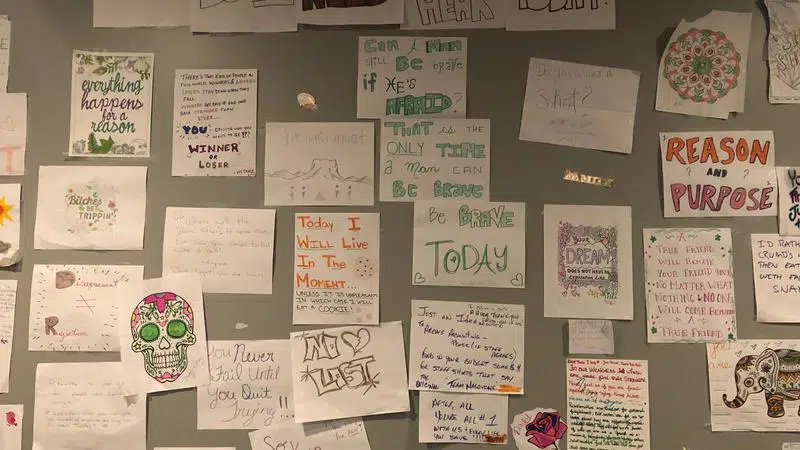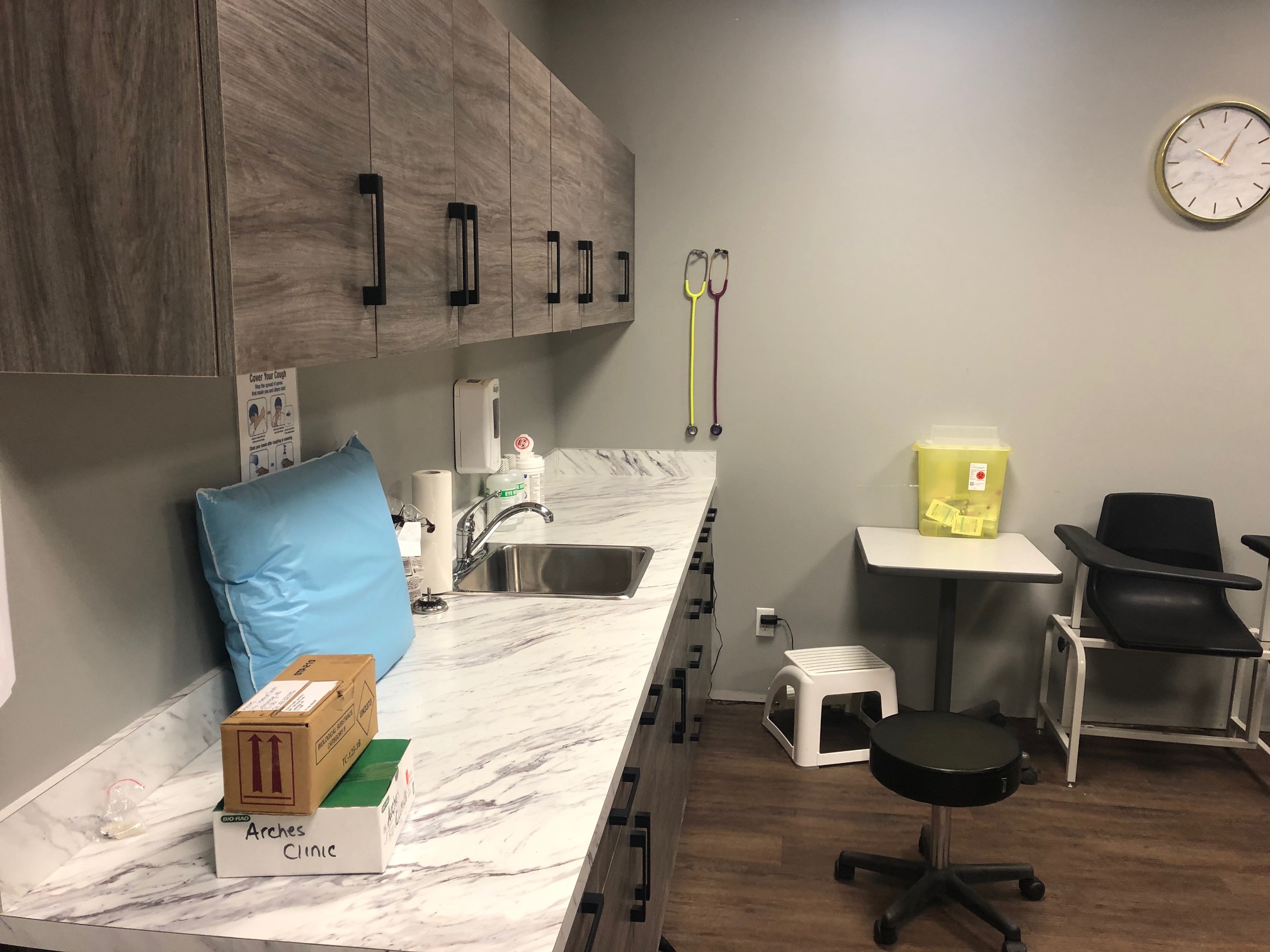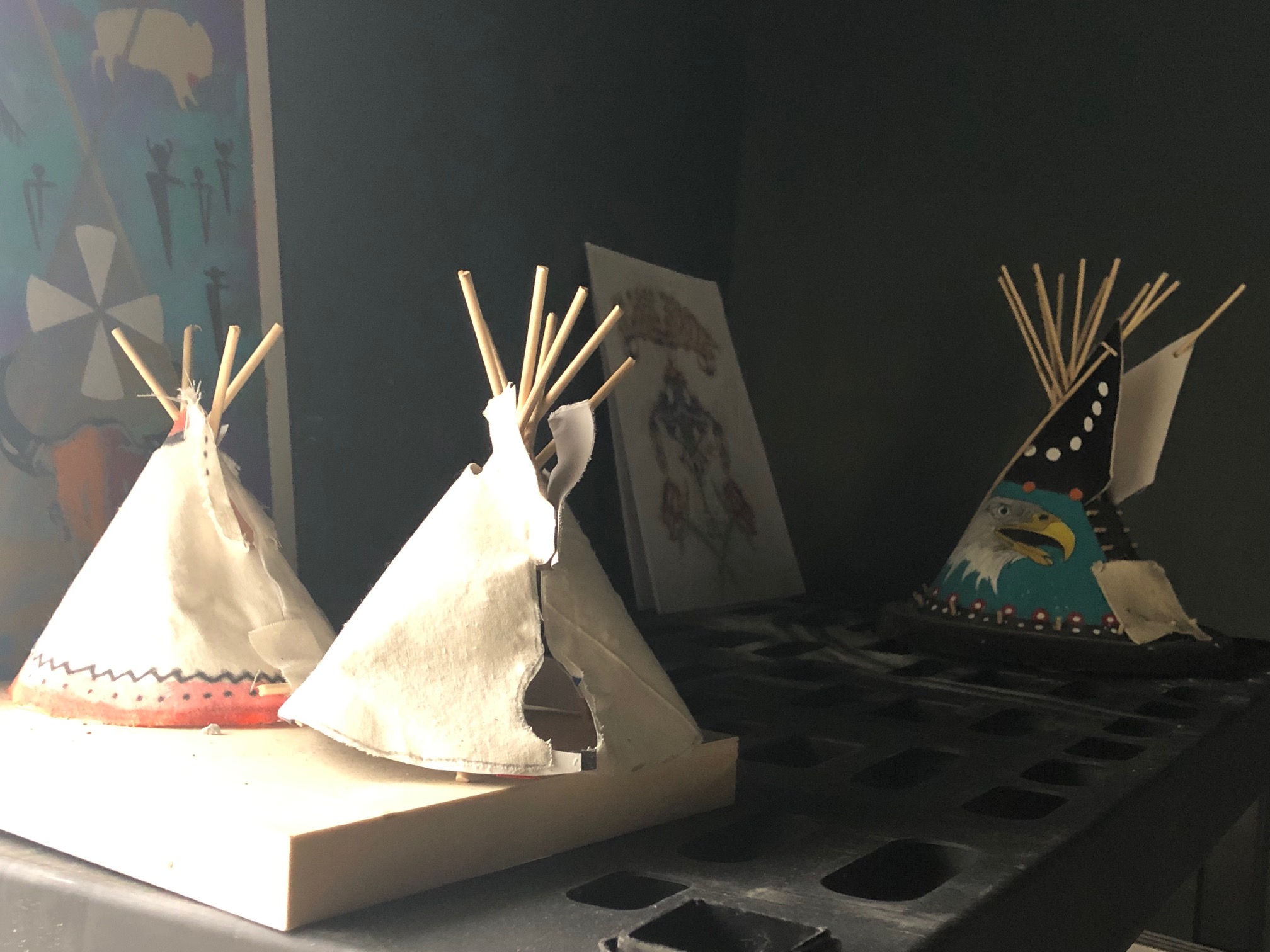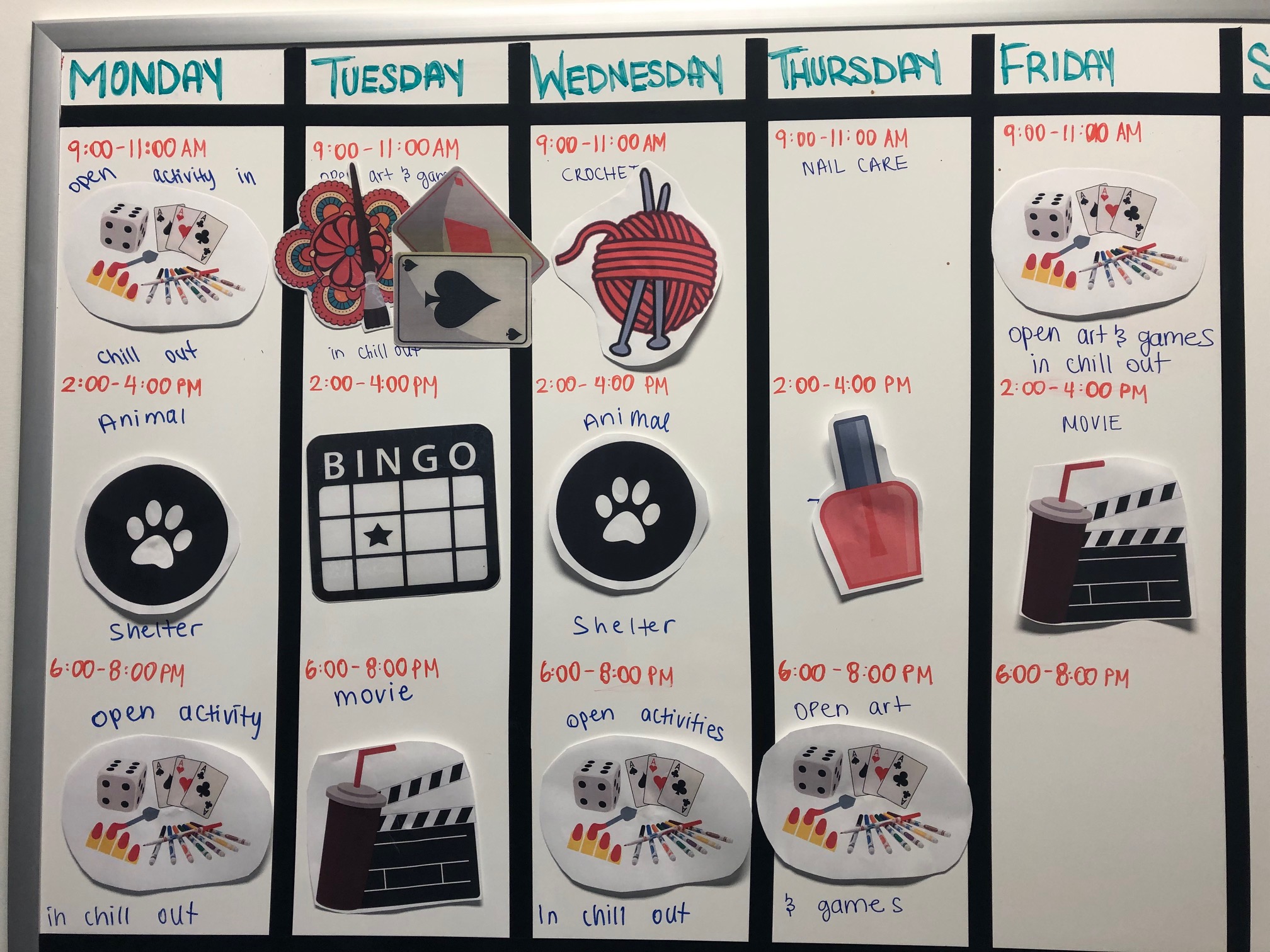
15 months and counting: behind the doors of Lethbridge’s Supervised Consumption Site
LETHBRIDGE, AB – It’s a grey and rainy Friday just before the May long weekend outside of what is arguably the most polarizing location in the city; the Supervised Consumption Site.
On this particular morning it’s not busy, although “busy” is a relative term. One inhalation room is occupied and just three of about a dozen injection booths have people in them. Several others remain in an adjacent waiting room after using, closely monitored by nurses to ensure they don’t overdose. Pictures, artwork and positive messages like “Be brave today,” and “Your dream does not have an expiration date” line the walls of the room with no windows.
“It comes and goes in waves,” explains Stacey Bourque, ARCHES Executive Director. “Everyone will come in all at once, and then it clears out again.”





